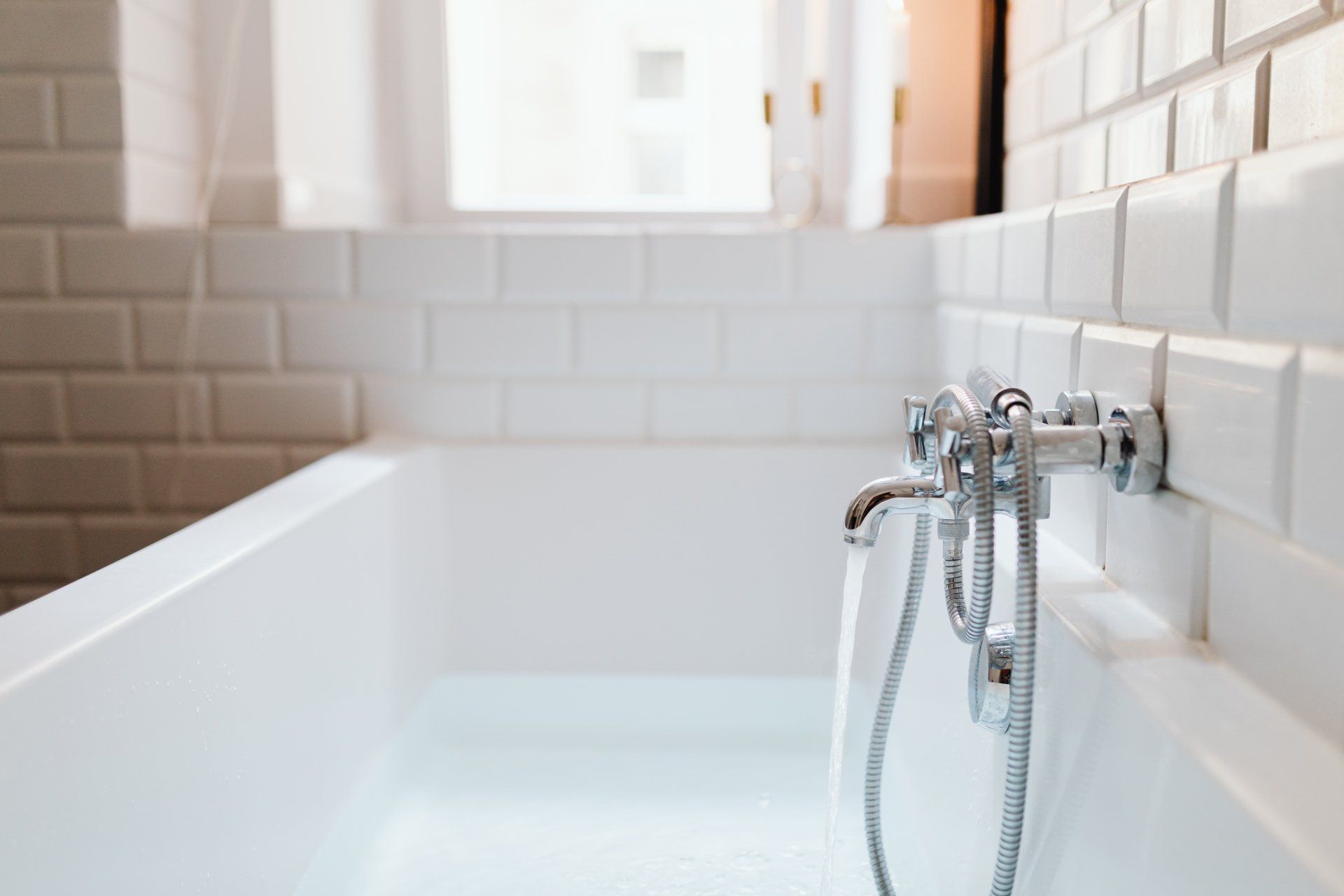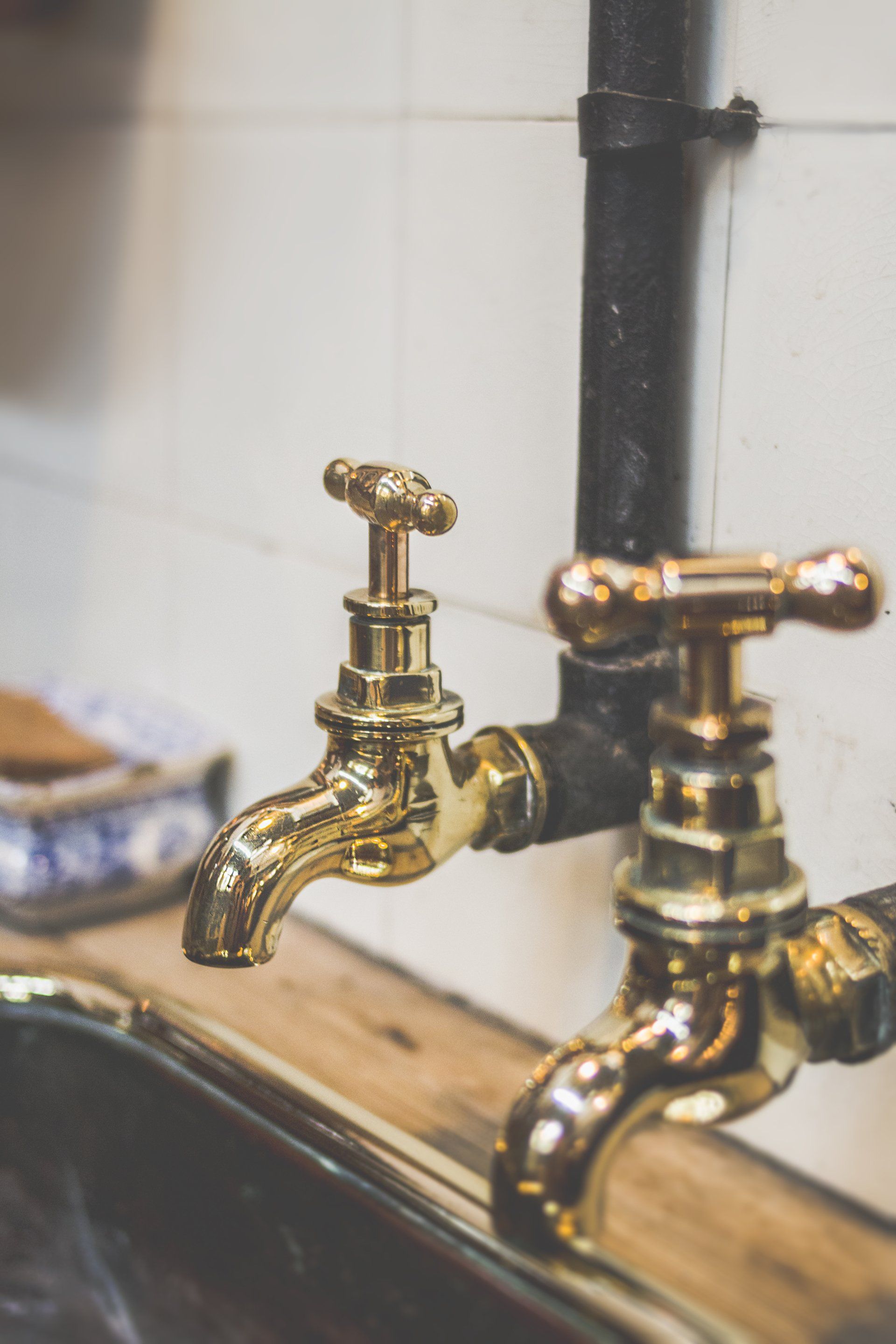Common Plumbing Emergencies: Dodson Plumbing
Common Plumbing Emergencies: Dodson Plumbing
Plumbing issues are common in many homes, with common plumbing emergencies such as broken pipes, backed-up toilets, or a sudden shortage of hot water. Unfortunately, these common issues can be challenging to diagnose and repair properly.
That's why it's essential to contact an experienced plumber or plumbing service provider at the first sign of trouble; they will be able to assess the situation quickly and enact the necessary solutions efficiently without breaking your budget. With quick action and reliable, professional help, you can get your home functioning again in no time.
Plumbing emergencies can be expected, but they don't have to be overwhelming. If you are experiencing a plumbing issue in your home, it is essential to seek help as quickly as possible to prevent potential damage and higher repair costs.
While many common plumbing issues occur regularly, such as clogged drains, broken pipes, and broken water heaters, any plumbing emergency should not be taken lightly. By finding an experienced professional to help with common plumbing emergencies, you can ensure that your home gets back up to running smoothly again soon.
Types of Plumbing Emergencies
Leaky Faucets:
Leaks are a common plumbing problem, particularly in older homes or fixtures. Certain parts of the faucet can wear out or loosen over time, resulting in leaks.
A small amount of water dripping from a faucet can quickly cause significant problems. Mold, rust, and high water bills are all common problems with leaking taps.
Water damage caused by leaks is permanent. Over time, most water pipes clog, and debris accumulates, resulting in damaged tubes. Deposits indicate a leaking faucet on the sink and a loose handle.
The operation of your faucets should be smooth and silent. If turning the handle becomes difficult, or if they make a squeaking or scraping noise, you have a problem. A quickly repaired leaky faucet can prevent permanent water damage in your home.
Burst Pipes & Worn Fixtures
While dripping or trickling water from your faucet is an obvious sign of a leak, many leaks are much more subtle and difficult to detect.
Checking your water meter is one way to look for damaged pipelines. A small triangle (red, blue, or white) on the meter face detects even minor leaks over many meters.
If this triangle moves while all water is turned off inside and outside your home, it could indicate a leak or burst pipes. A running toilet, dripping from your sink or washer connection, and an irrigation drip system are all common leaks.
If you notice damaged pipes or worn fixtures on appliances, turn off the water immediately to conserve your water supply until a plumbing professional arrives.
Backed-Up Sewer System
If any of your plumbing systems, like your sewer line, is backed up, you should call an emergency plumber.
A sewer backup is something you should avoid at all costs. Blockages happen when wastewater does not drain properly away from your home due to an obstruction or damage.
Sewer backup issues happen when the main sewer line for your house links to the municipal sanitary sewers. Water will continue to fill your sewer lines and drain pipes if not addressed immediately, resulting in a backup.
Common causes for sewer back-ups are old sewer systems, sump pump issues, or municipal sewer issues. The materials for most sewer pipes are materials like PVC, cast iron, or clay.
Although these materials are durable, they will not last forever.
Contact Plumbing Professionals at Dodson Plumbing
Your home's water lines, sewer lines, and piping all directly contribute to your home's health and comfort. If any issues go unaddressed, your home could very quickly develop serious damage.
Taking care of your home starts with making sure all pipes and mainline are in good condition. If you're looking for quality service from a certified expert, Dodson is ready to address your needs.
Dodson Plumbing offers a range of plumbing, sewer repair, and drain services to keep your plumbing system in prime condition for the long term. We use the industry’s latest and most advanced equipment to provide lasting results. To work with the best plumbers in Sherman, TX, reach out to a Dodson expert today.
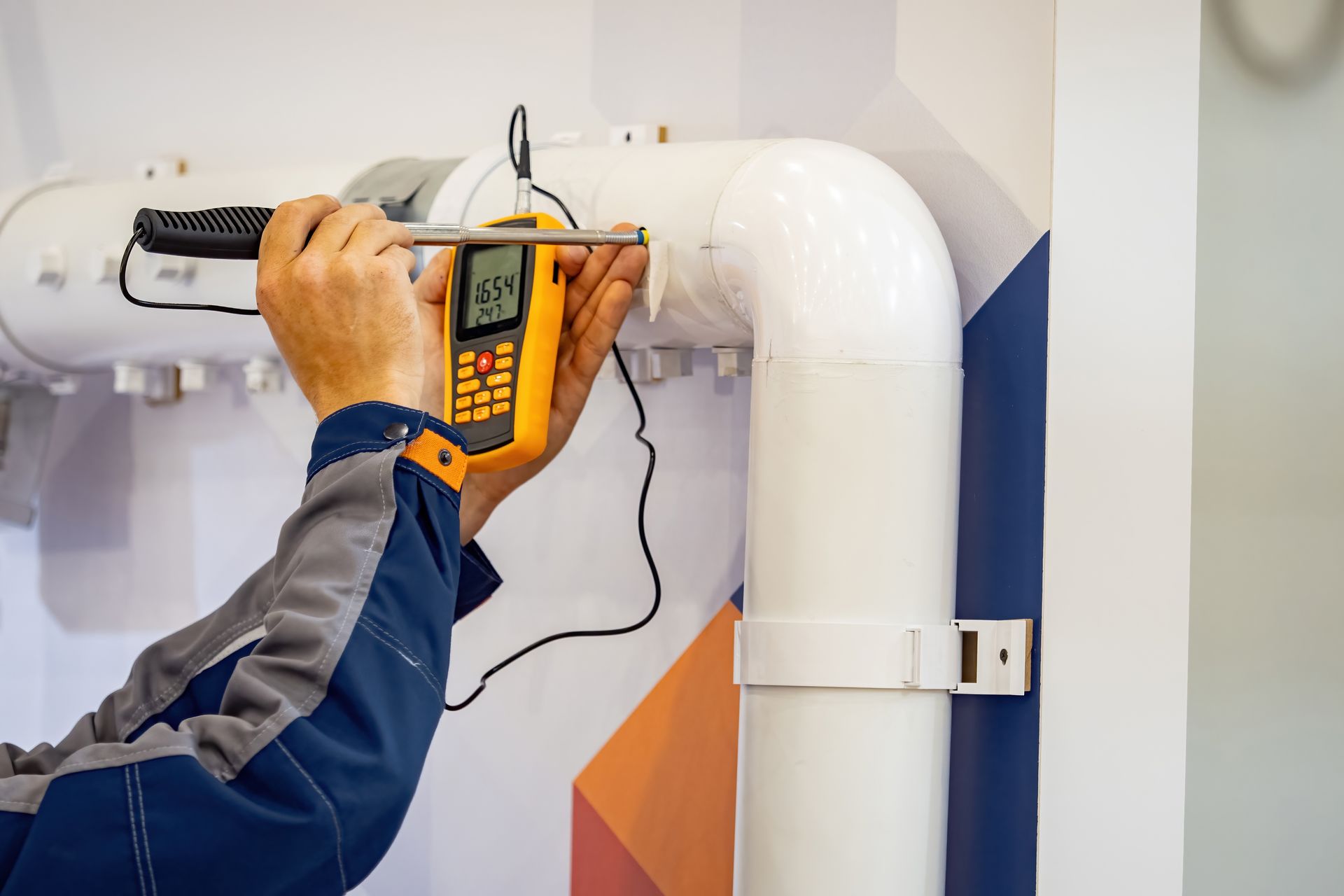
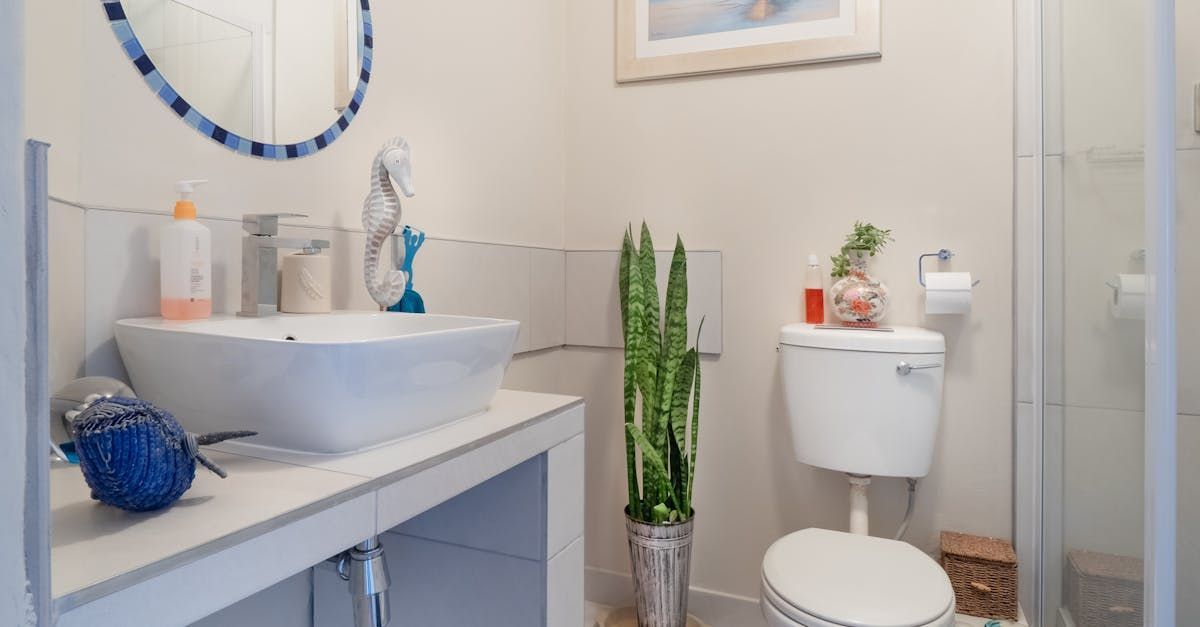
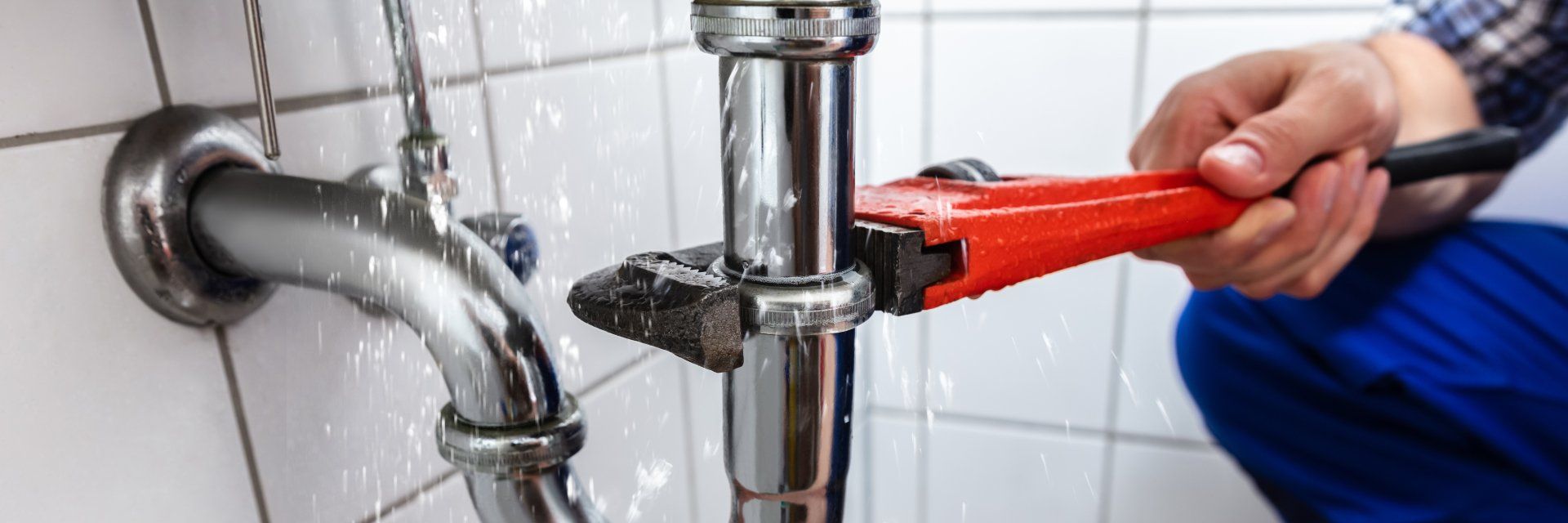
Regulated by the Texas State Board of Plumbing Examiners.
P.O. Box 4200 Austin, Tx, 78765-4200
512-936-5200
tsbpe.texas.gov
Contact Us
Our Services
New Construction
RO Systems
Water Softners
